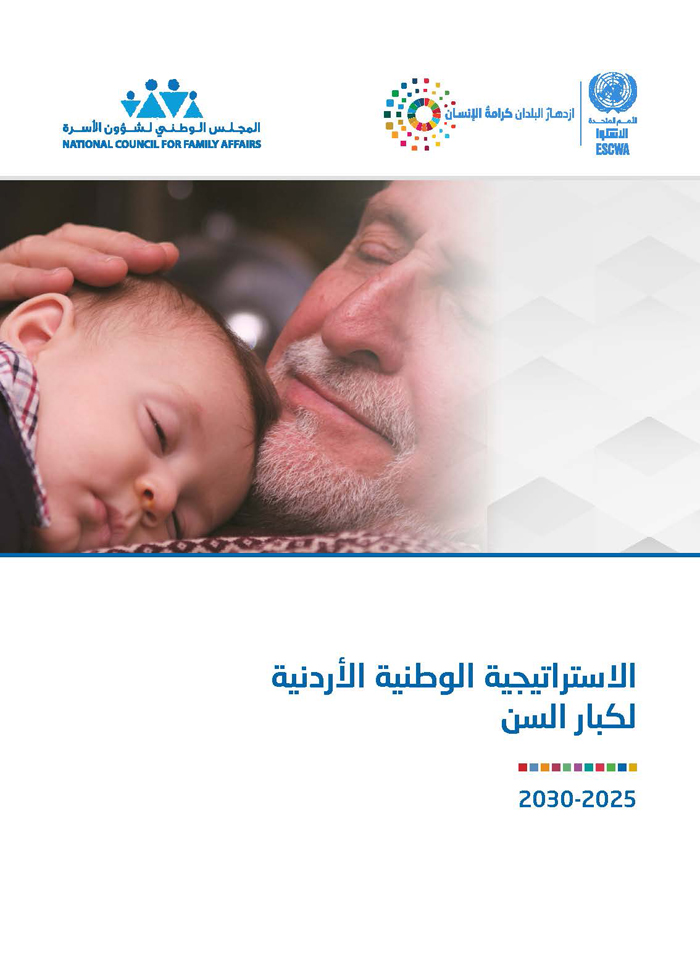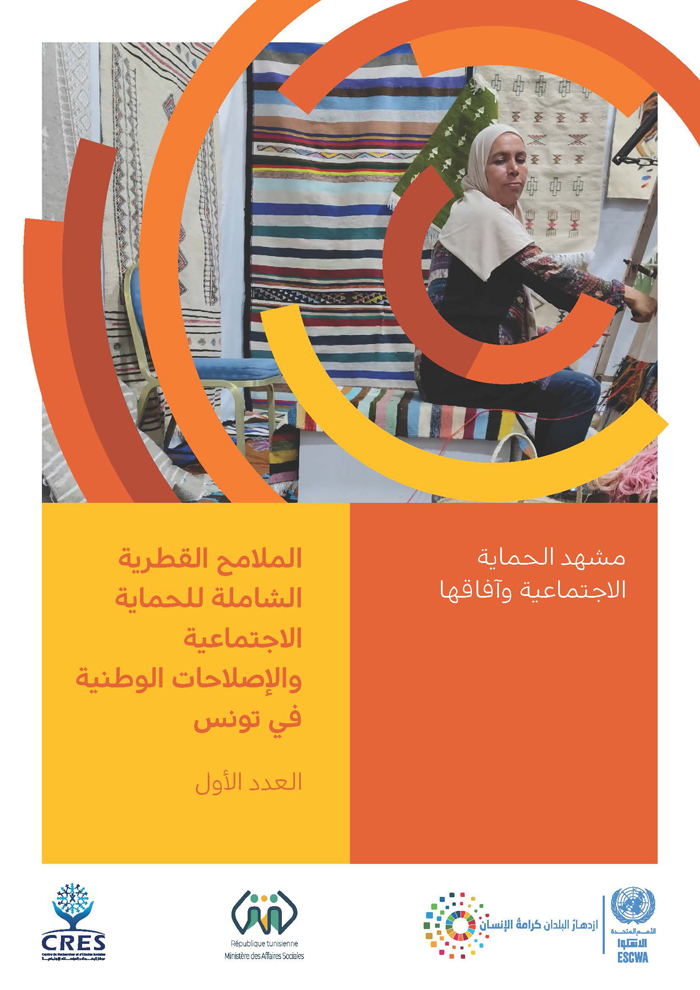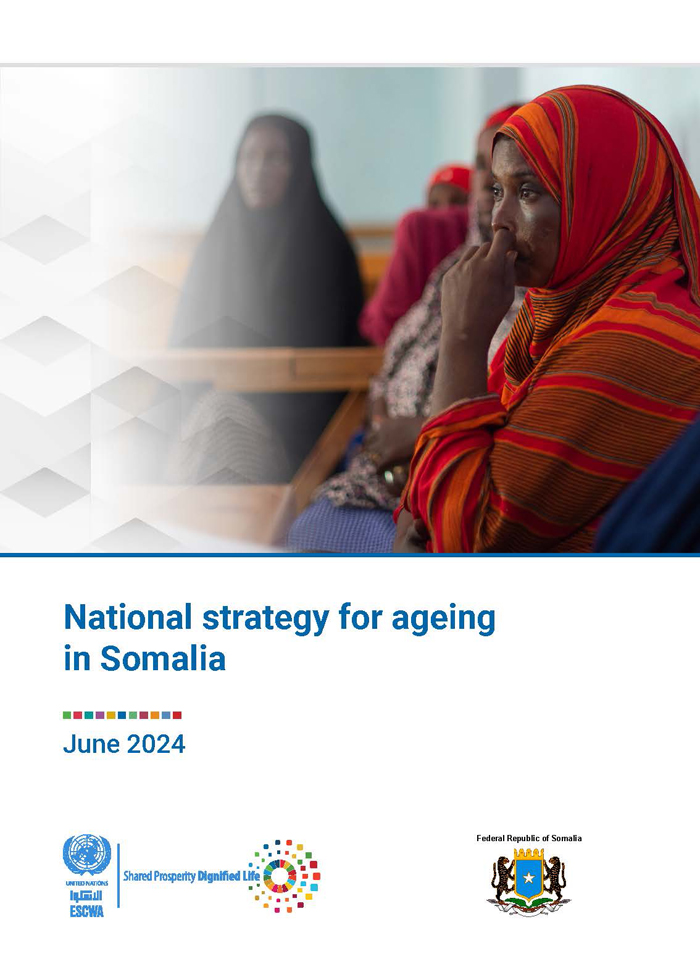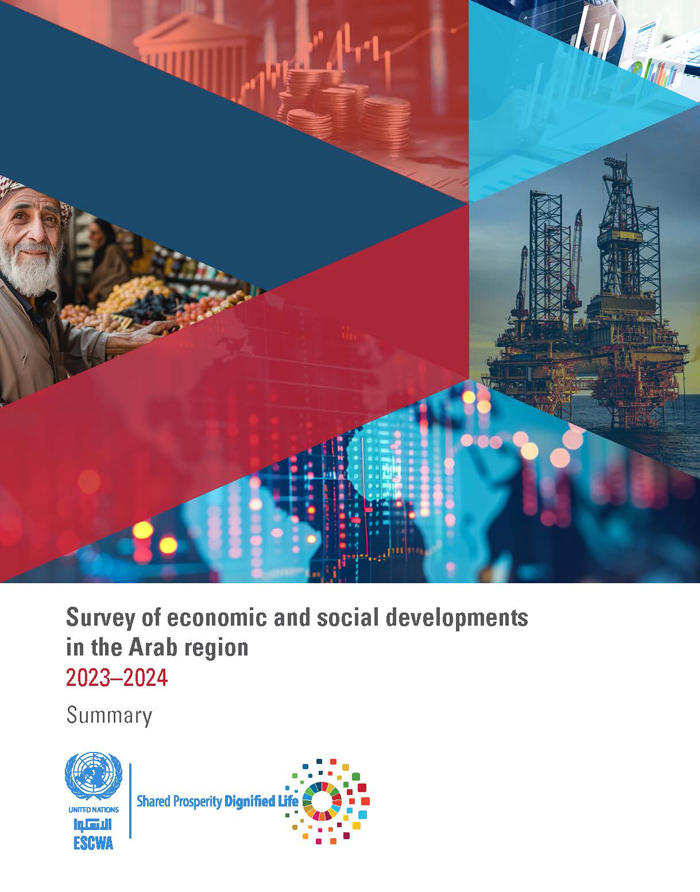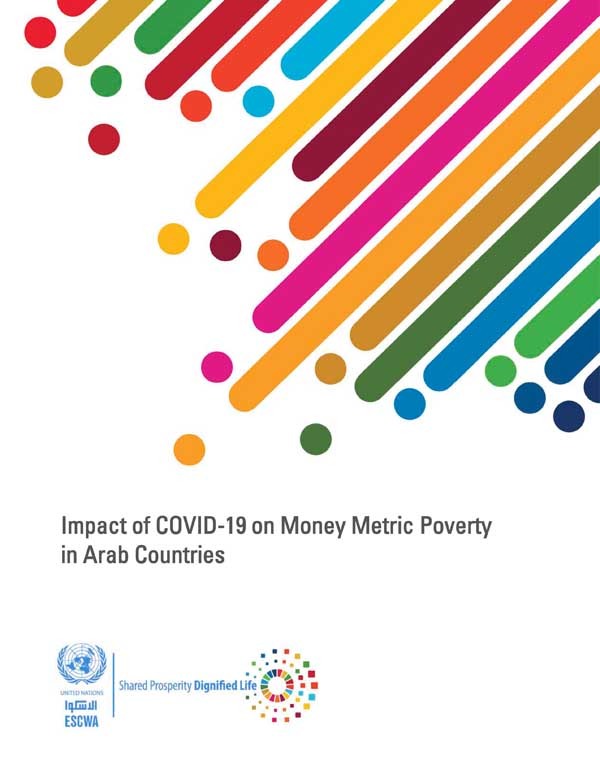
ESCWA Publication: E/ESCWA/CL2.GPID/2020/TP.10
Country: Arab region
Publication Type: Information material
Cluster: Shared Economic Prosperity
Focus Area: Inclusive development
Initiatives: Monitoring money-metric poverty
SDGs: Goal 1: No Poverty
Keywords: Arab countries, Covid-19, Money, Poverty
Impact of COVID-19 on money metric poverty in Arab countries
January 2020
Regardless of how it is measured, poverty in Arab countries was on the rise before COVID-19. Thus, the current pandemic only further exposes and accentuates existing structural deficiencies driving poverty and inequality in the region. It is not their fundamental cause. Second, the impact is expected to be significant in 2020 and then stabilizes in 2021, but with an additional 16 million people projected to be in poverty using national poverty lines. Third, the impact is stronger in the Syrian Arab Republic and Yemen concerning extreme poverty rates, with an estimated additional 9 million people in the Arab region living under the $1.9 poverty line by 2021. Fourth, the cost of closing the poverty gap in 2021 is expected to reach $45 billion (in 2011 purchasing power parity) for the national poverty line and $12 billion for the $1.9 poverty line in the base-case growth scenario. This is not high compared to available resources in the region.
Related content
Inclusive development
,
Regardless of how it is measured, poverty in Arab countries was on the rise before COVID-19. Thus, the current pandemic only further exposes and accentuates existing structural deficiencies driving poverty and inequality in the region. It is not their fundamental cause. Second, the impact is expected to be significant in 2020 and then stabilizes in 2021, but with an additional 16 million people projected to be in poverty using national poverty lines. Third, the impact is stronger in the Syrian Arab Republic and Yemen concerning extreme poverty rates, with an estimated additional 9 million people in the Arab region living under the $1.9 poverty line by 2021. Fourth, the cost of closing the poverty gap in 2021 is expected to reach $45 billion (in 2011 purchasing power parity) for the national poverty line and $12 billion for the $1.9 poverty line in the base-case growth scenario. This is not high compared to available resources in the region.
